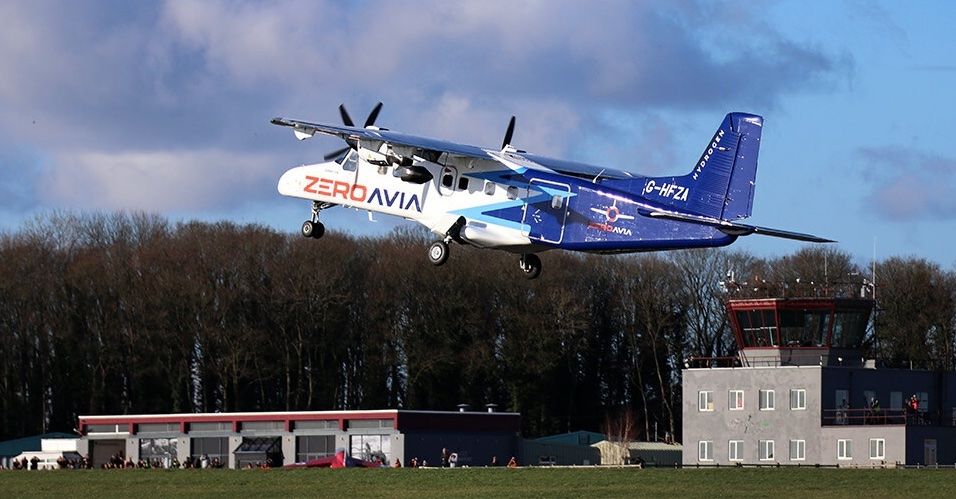American Airlines Makes Strategic Move with ZeroAvia Hydrogen-Electric Engines
Key Ideas
- American Airlines has conditionally agreed to purchase 100 hydrogen-electric engines from ZeroAvia for its regional jet fleet, showing a commitment to sustainability and innovation.
- ZeroAvia's ZA2000 engine, designed for larger aircraft, is in development and will be integrated into aircraft like the Bombardier CRJ700 through a partnership with MHIRJ.
- In addition to the purchase agreement, American Airlines has increased its investment in ZeroAvia, aligning with its goal of achieving net zero greenhouse gas emissions from aviation by 2050.
- ZeroAvia's hydrogen-electric engines aim to reduce emissions with only water vapor as inflight emission, and prototype testing for the ZA600 engine is already underway.
American Airlines has made a strategic move towards a low-carbon future in commercial aviation by entering a conditional agreement to buy 100 hydrogen-electric engines for its regional jet fleet from ZeroAvia. This decision follows the collapse of competitor Universal Hydrogen. ZeroAvia is developing two engines, the ZA600 for smaller aircraft and the ZA2000 for larger ones, with plans to power aircraft like the Bombardier CRJ700, in partnership with MHIRJ. In a bid to renew its fleet for improved fuel efficiency and to meet net zero greenhouse gas emission goals by 2050, American Airlines is investing in innovative technologies. CEO Robert Isom emphasized their commitment to sustainability and the importance of investing in promising propulsion technologies. ZeroAvia's founder, Val Miftakhov, highlighted American Airlines' support for clean aircraft propulsion innovation. The hydrogen-electric engines by ZeroAvia utilize hydrogen in fuel cells to generate electricity, ensuring only water vapor emissions during flight. Prototype testing for the ZA600 engine is already in progress, showcasing progress towards cleaner aviation. The partnership between American Airlines and ZeroAvia signifies a step towards a sustainable future for the aviation industry.
